Historical Background of Varosha

In the early 1970s, Varosha was the crown jewel of Cypriot tourism, attracting celebrities and travelers from around the globe. Its pristine beaches and luxurious hotels made it a Mediterranean paradise. However, the Turkish invasion of Cyprus in 1974 led to the abrupt evacuation of its approximately 39,000 residents. The area was subsequently fenced off by the Turkish military, rendering it inaccessible to the public for decades. This sudden abandonment left the city eerily preserved, with personal belongings and storefronts frozen as they were left. Over the years, nature began to reclaim the urban landscape, intertwining the past with the present.
The Current State of Varosha

As of 2024, Varosha remains largely deserted, with only limited access granted to visitors. In October 2020, a portion of the area—approximately 3.5%—was reopened to the public, allowing for guided tours and limited exploration. Since this partial reopening, over 2.2 million visitors have walked its silent streets, bearing witness to the decaying structures and overgrown pathways. Despite this influx, the majority of Varosha remains off-limits, with many buildings in a state of severe disrepair. The United Nations continues to monitor the situation, emphasizing the need for adherence to international resolutions regarding the area’s status. The juxtaposition of human absence and nature’s encroachment creates a surreal atmosphere, making it a poignant symbol of unresolved conflict.
The Cultural Significance of Varosha
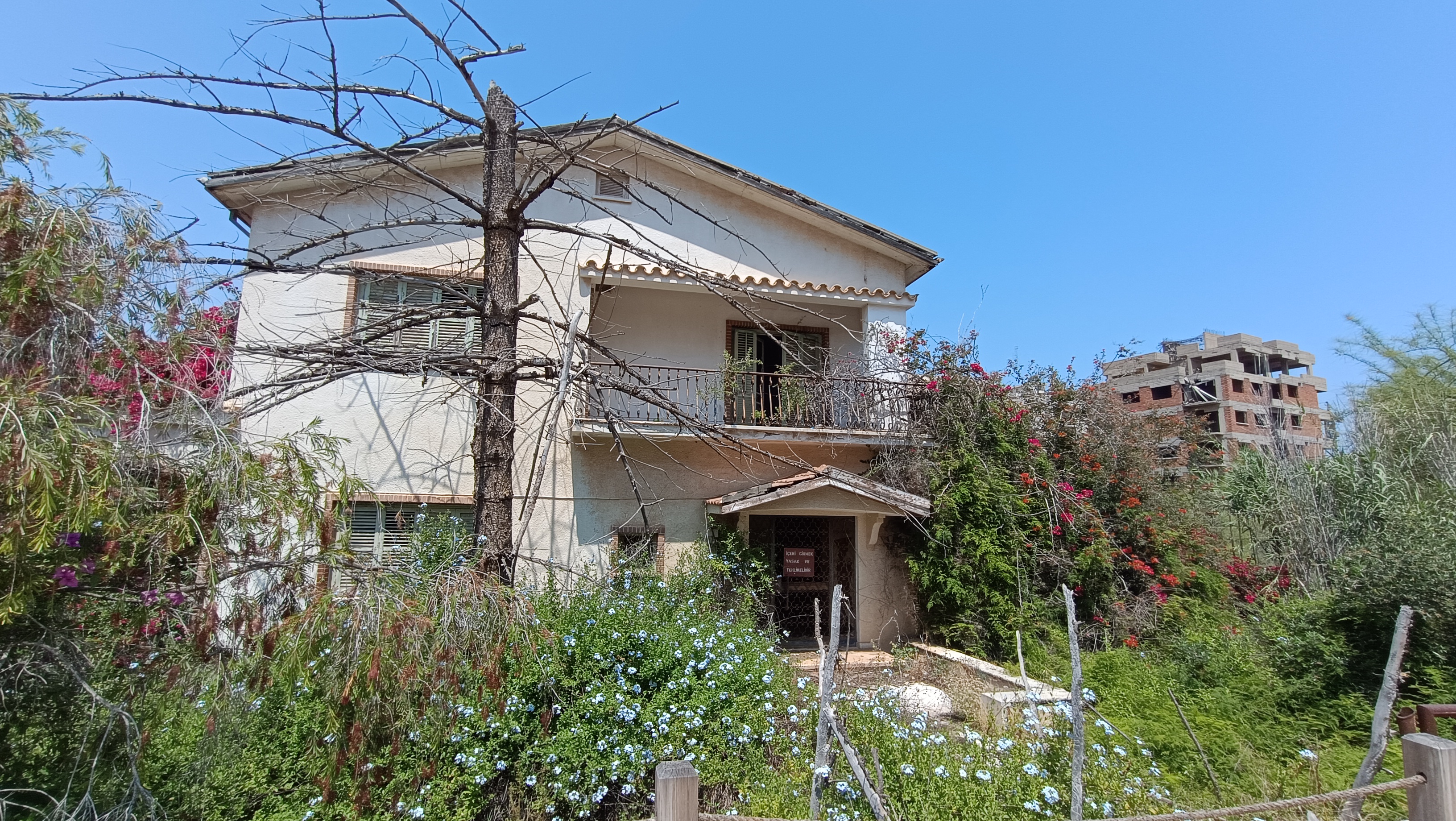
Varosha stands as a powerful symbol of Cyprus’s divided history. Its deserted streets and vacant buildings serve as a stark reminder of the consequences of geopolitical strife. The area encapsulates a blend of Greek and Turkish architectural influences, reflecting the island’s rich cultural tapestry. Artists and historians are drawn to Varosha, seeking to capture its haunting beauty and the stories it silently holds. The preservation of its structures offers invaluable insights into mid-20th-century urban design and lifestyle. Efforts to document and study Varosha continue, aiming to keep its memory alive for future generations.
The Environmental Impact of Abandonment
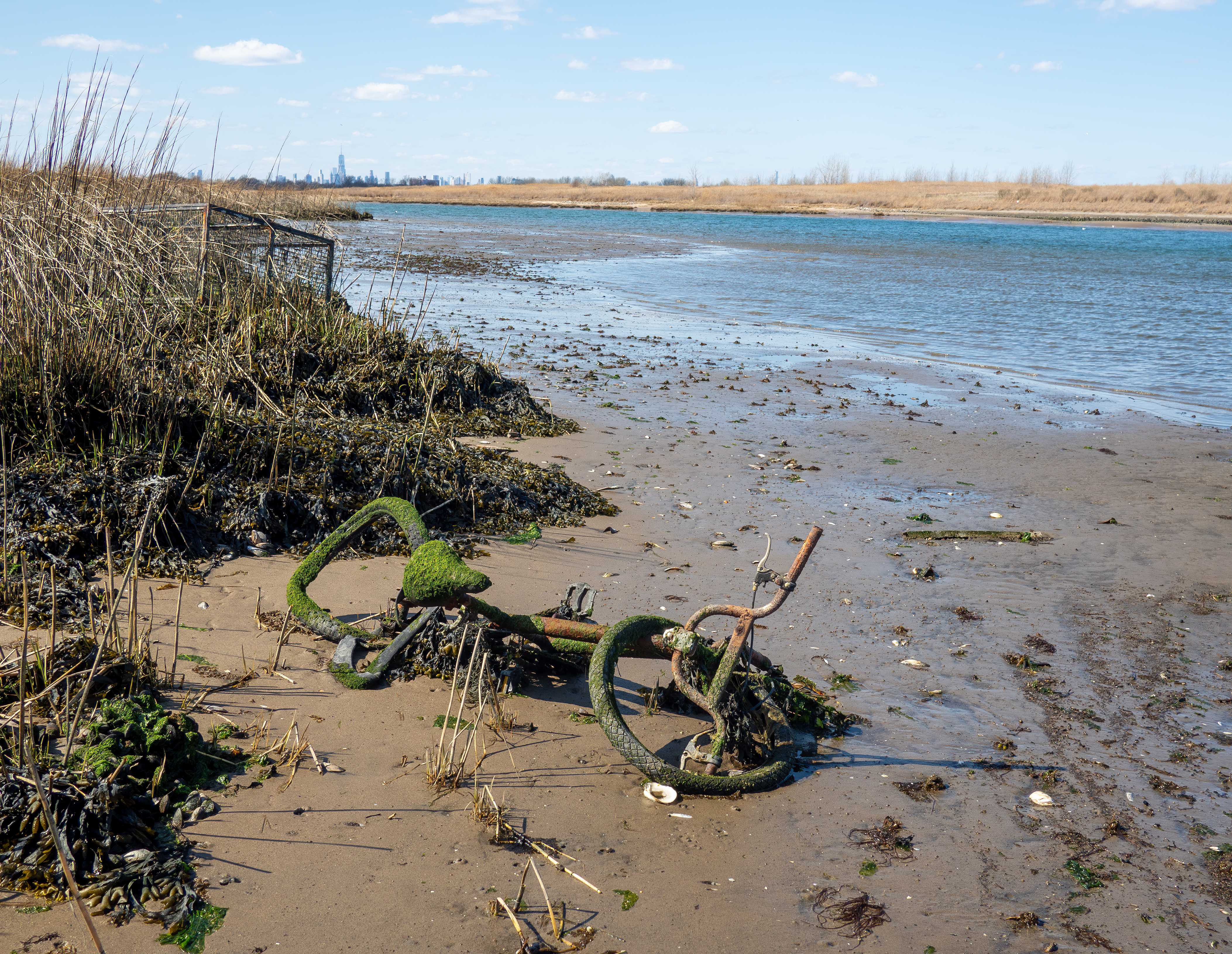
Decades of abandonment have allowed nature to reclaim Varosha in unexpected ways. Flora and fauna have flourished in the absence of human activity, with endangered species finding refuge in the deserted city. The once-manicured gardens have transformed into wild habitats, supporting a diverse range of wildlife. However, this ecological resurgence presents challenges, as invasive species may disrupt the existing balance. The unchecked growth of vegetation has also accelerated the deterioration of buildings, with roots and vines compromising structural integrity. Environmentalists advocate for a balanced approach to preservation, recognizing both the natural and historical value of the area.
Recent Developments and Controversies
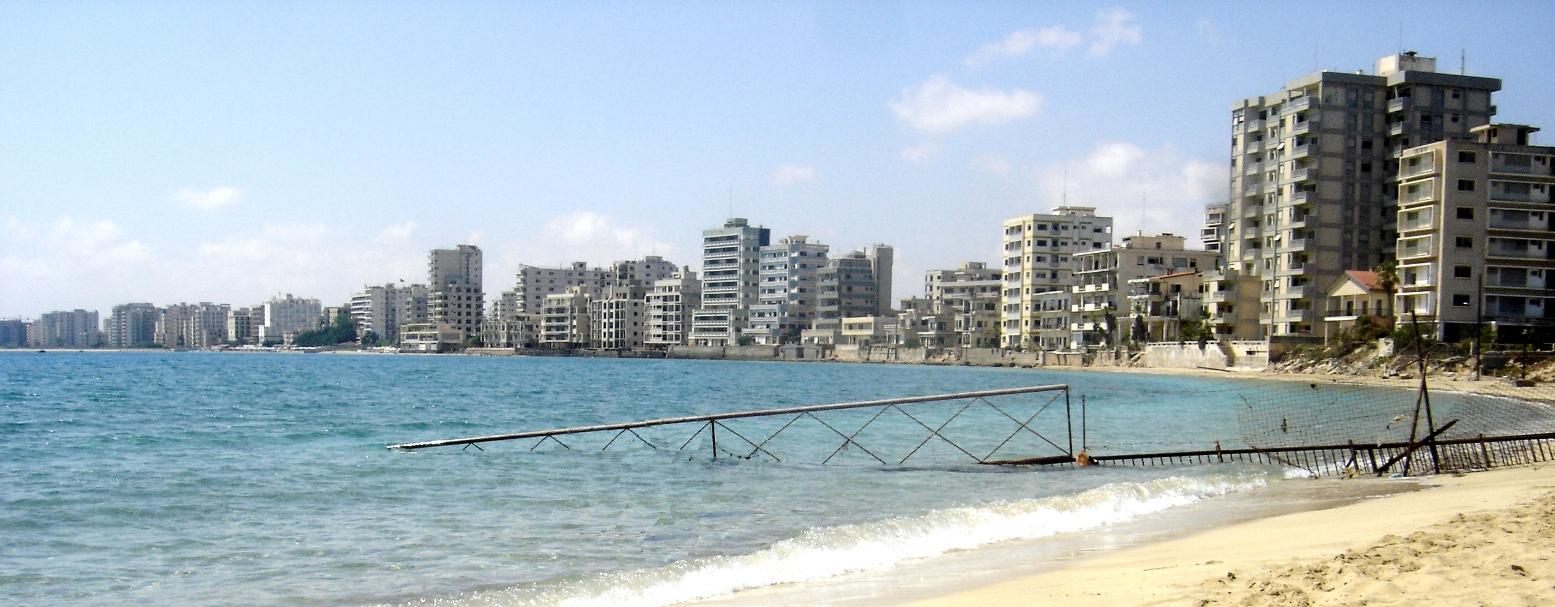
In recent years, Varosha has been at the center of political and diplomatic tensions. The partial reopening in 2020 was met with international criticism, with the United Nations Security Council calling for the reversal of actions that violate existing resolutions. The European Parliament has also condemned unilateral moves to change the status of Varosha, emphasizing the need for a comprehensive settlement of the Cyprus issue. Despite these calls, plans have emerged to redevelop the area, with proposals to transform it into a luxury tourist destination. These initiatives have sparked debates about the ethics of capitalizing on a site with such a complex history. The future of Varosha remains uncertain, as stakeholders grapple with competing interests and historical sensitivities.
The Role of Tourism in Varosha’s Future
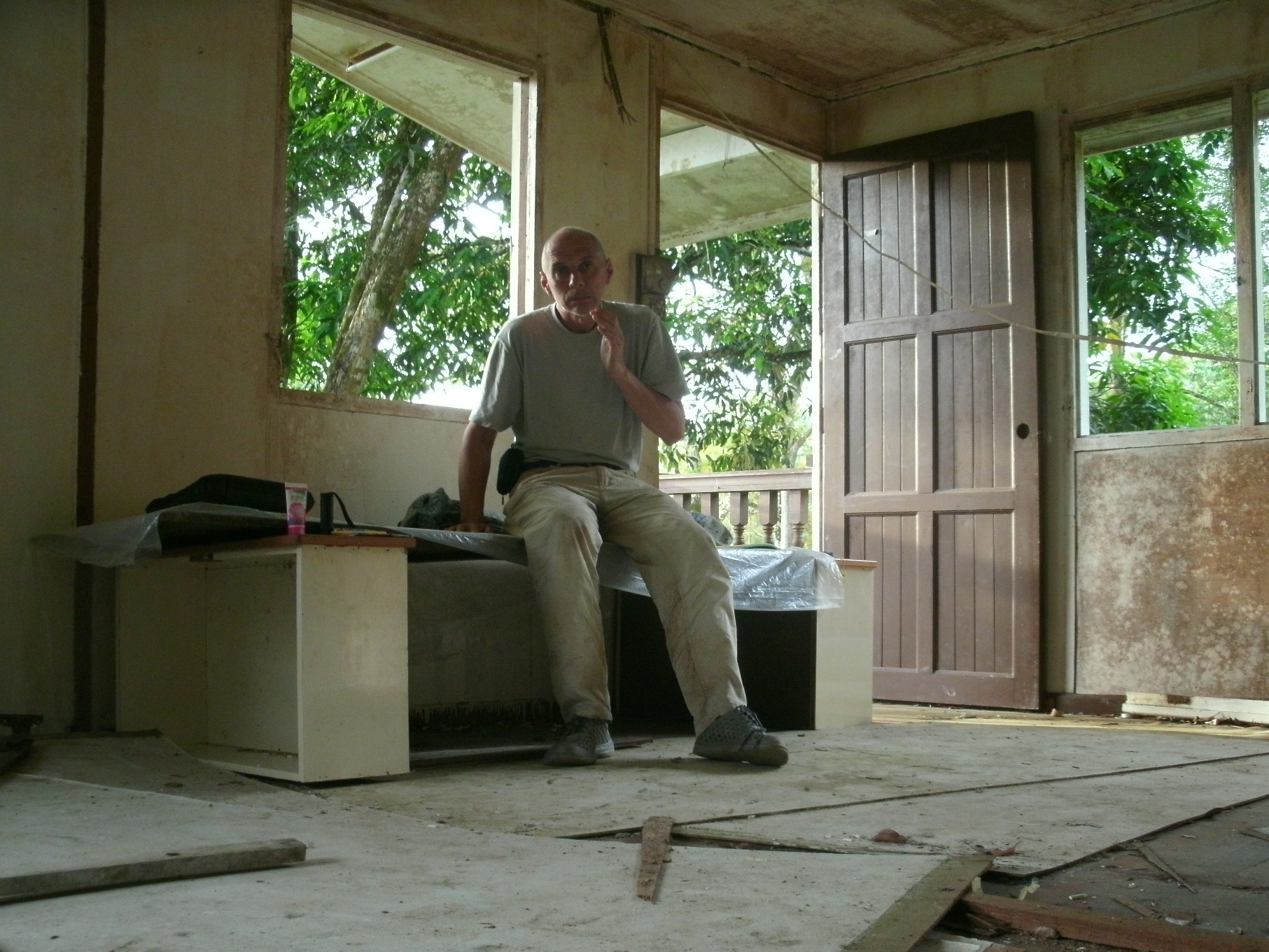
Tourism is viewed by some as a potential catalyst for Varosha’s revival. Proposals have been made to invest billions into transforming the area into a premier Mediterranean destination, complete with casinos, luxury hotels, and high-end amenities. Proponents argue that such development could boost the local economy and create jobs. However, critics caution against erasing the historical significance of Varosha in pursuit of profit. They advocate for a model of tourism that respects the site’s past, perhaps through heritage tours and educational programs. Balancing economic development with cultural preservation remains a delicate challenge.
Personal Accounts from Visitors

Visitors to Varosha often describe a profound sense of melancholy and reflection. Walking through its silent streets, they encounter remnants of daily life—abandoned cars, faded shop signs, and personal belongings left behind. Many express a deep connection to the stories embedded in the decaying walls and overgrown pathways. These personal accounts have been shared widely, contributing to a growing interest in “dark tourism.” The emotional impact of visiting Varosha underscores the human cost of conflict and displacement. Such experiences serve as powerful reminders of the importance of peace and reconciliation.
The Future of Varosha: Possibilities and Challenges
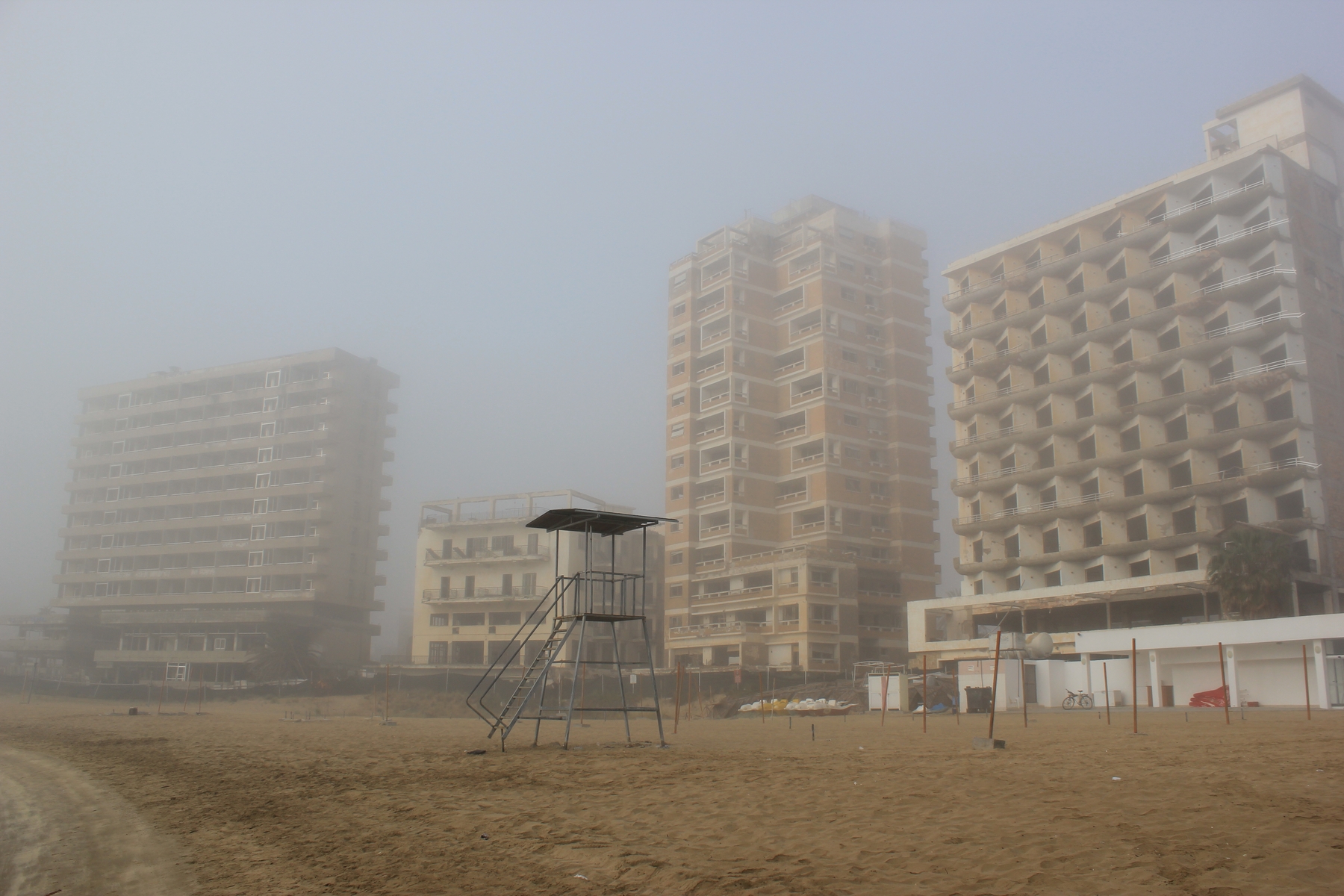
The path forward for Varosha is fraught with complexities. While some envision a future where the area is revitalized and repopulated, others stress the need for careful consideration of its historical context. Legal disputes over property ownership add another layer of difficulty, with former residents seeking restitution. International bodies continue to call for adherence to resolutions that respect the rights of displaced individuals. Any redevelopment efforts must navigate the delicate balance between progress and preservation. The decisions made in the coming years will shape Varosha’s legacy for generations to come.
The Role of International Organizations

International organizations play a crucial role in the discourse surrounding Varosha. The United Nations has consistently called for the area to be placed under its administration, in line with Security Council resolutions. The Council of Europe has also urged for the return of Varosha to its lawful inhabitants, emphasizing the importance of human rights and property restitution. These organizations advocate for solutions that prioritize peace and reconciliation. Their involvement underscores the global significance of Varosha’s situation. Continued international attention is essential to ensure that any actions taken align with established legal and ethical standards.
Varosha as a Living Memory
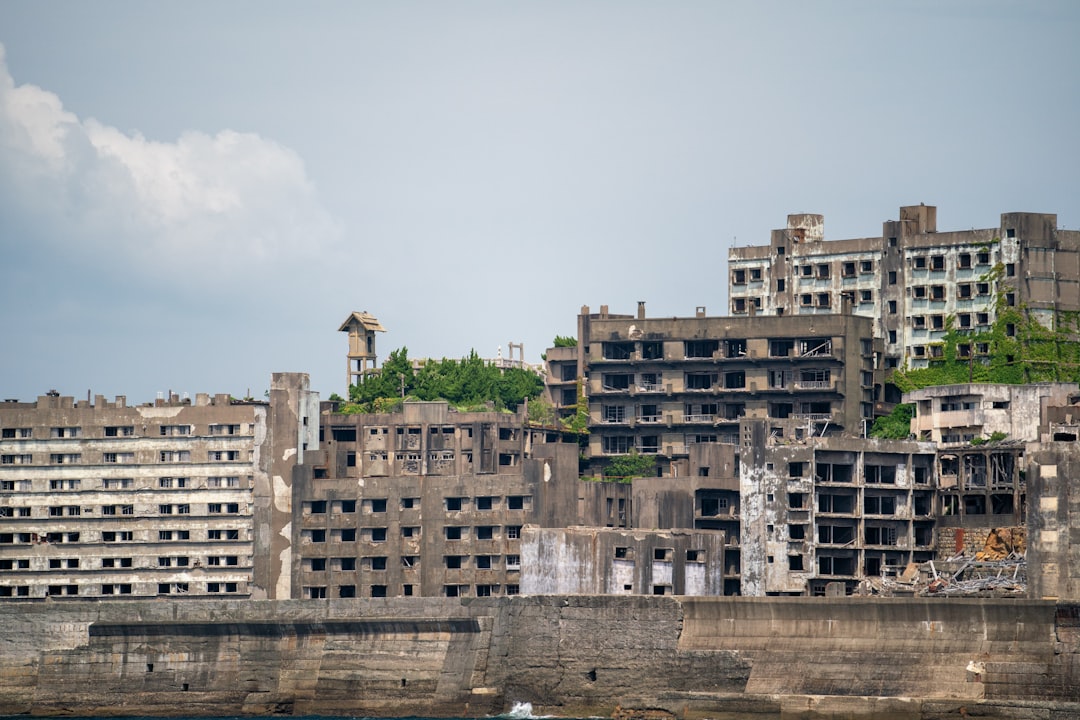
Varosha stands as a poignant reminder of the consequences of conflict and division. Its silent streets and decaying buildings tell a story of sudden displacement and lost livelihoods. As discussions about its future continue, it is imperative to honor the memories of those who once called it home. Preserving Varosha’s history offers valuable lessons for future generations about the importance of peace and unity. The area serves as a living museum, encapsulating a moment in time that should not be forgotten. How we choose to engage with Varosha will reflect our collective values and commitment to remembering the past.





